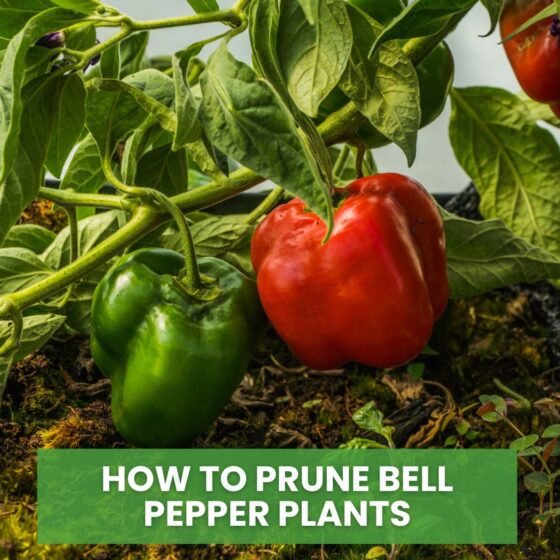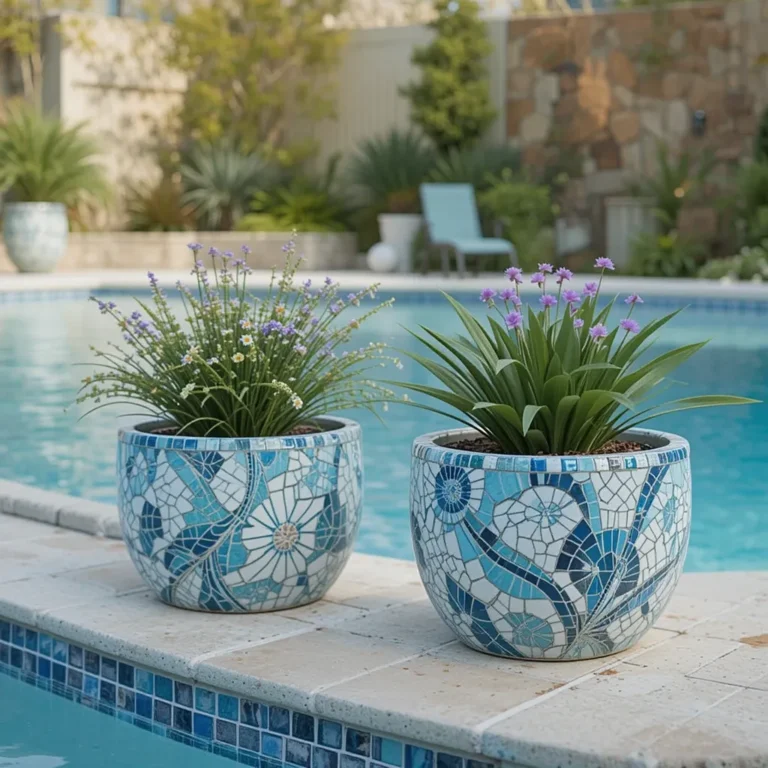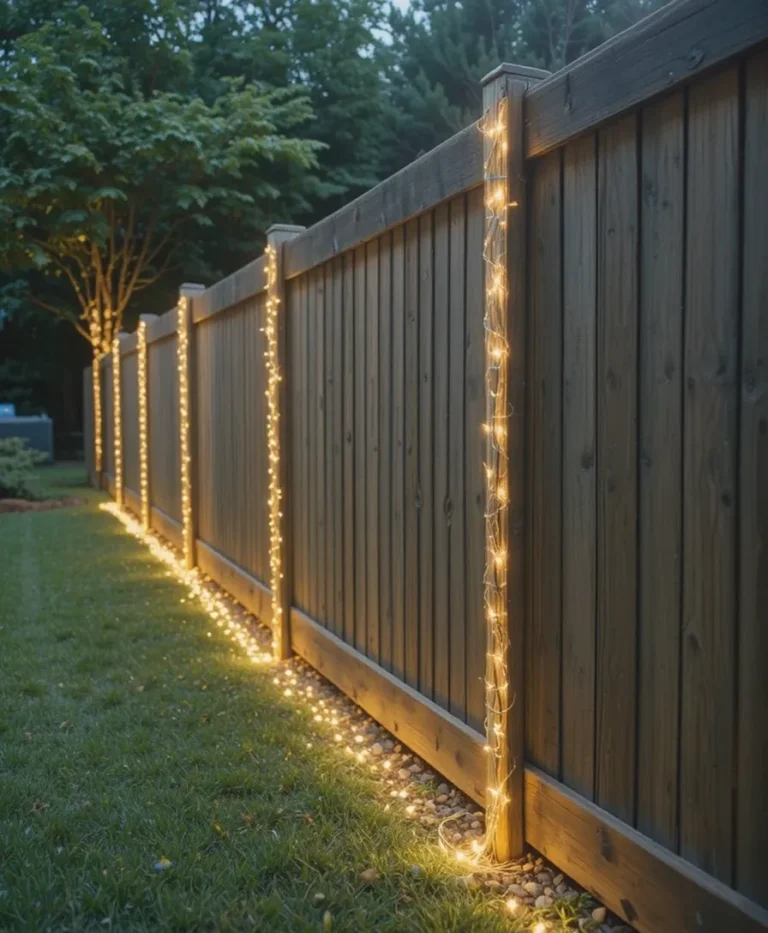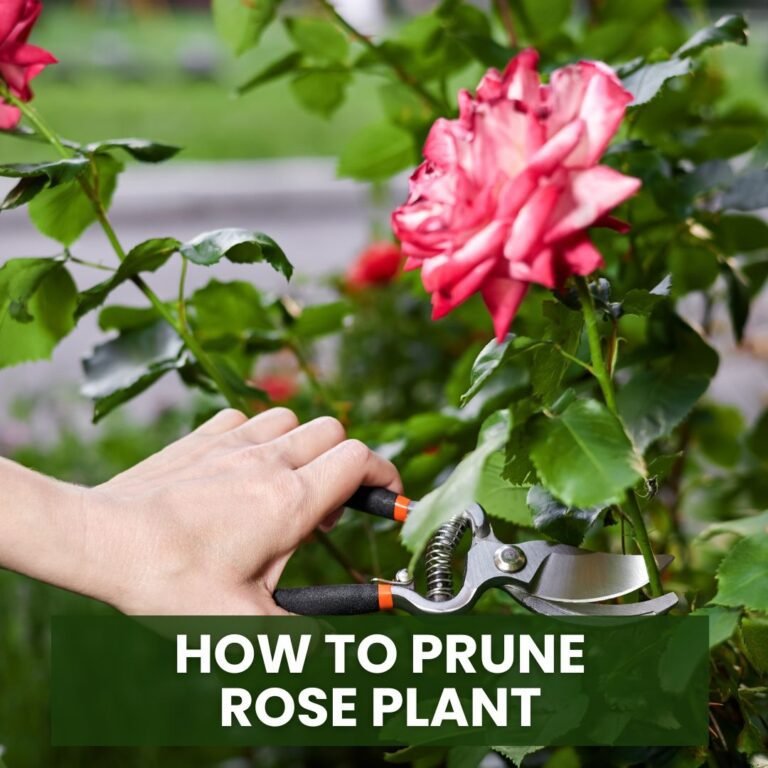How to Prune Bell Pepper Plants for Bigger Harvests and Healthier Growth
Bell peppers are a staple in home gardens, known for their vibrant colors and sweet flavor.
To maximize yield and maintain healthy growth, learning how to prune bell pepper plants is essential.
Proper pruning removes unnecessary stems, encourages airflow, and allows the plant to focus its energy on producing larger, juicier peppers.
Pruning bell peppers not only increases productivity but also reduces the risk of disease and pest problems.
Whether you’re growing peppers in pots, raised beds, or traditional garden rows, understanding the correct techniques ensures your plants thrive season after season.
Below are 12 practical tips and steps to prune bell pepper plants effectively.

1. Understand Bell Pepper Growth
Before pruning, observe how your bell pepper plant grows. Bell peppers develop multiple stems and branches, with flowers appearing on newer growth. Identifying weak or overcrowded stems helps determine which branches to prune for optimal health.
2. Choose the Right Time to Prune
The best time to prune is during early growth stages or just before the plant starts producing fruit. Avoid heavy pruning when peppers are ripening to prevent stressing the plant.
3. Use Clean, Sharp Tools
Always use sterilized pruning shears or scissors. Clean cuts prevent infection and promote faster healing. Dip your tools in rubbing alcohol before starting to remove bacteria or fungi.
4. Remove Suckers and Side Shoots
Prune small shoots or suckers that appear between the main stem and branches. These side shoots divert energy from fruit production, so removing them allows the plant to focus on growing larger peppers.
5. Trim Overcrowded Leaves
Bell pepper plants with dense foliage can block sunlight and reduce airflow. Trim excess leaves around flower clusters and fruit to enhance sunlight penetration and promote better fruit development.
6. Cut Weak or Damaged Stems
Remove any stems that appear weak, diseased, or damaged. Healthy growth is essential for high-quality fruit, and trimming weak branches ensures the plant remains robust and productive.
7. Shape the Plant
Prune to maintain a balanced shape, usually a central stem with a few strong branches. This makes it easier to support the plant with stakes or cages and reduces the risk of branches breaking under heavy fruit loads.
8. Deadhead Spent Flowers
If flowers fail to develop into fruit, remove them promptly. Deadheading prevents wasted energy and encourages the plant to focus on healthy flower clusters that will produce bell peppers.
9. Encourage Airflow and Sunlight
Proper pruning opens the plant’s canopy, allowing better airflow and sunlight exposure. Improved ventilation reduces the risk of fungal diseases and supports consistent fruit ripening.
10. Avoid Over-Pruning
Never remove more than 20–30% of the plant at a time. Over-pruning can stress your bell pepper plant, delay fruit production, or even stunt growth. Gradual pruning ensures recovery and healthy yields.
11. Support Heavy Branches
After pruning, ensure branches with developing peppers are supported with stakes or cages. This prevents damage and allows the plant to focus energy on fruit growth.
12. Maintain a Regular Pruning Schedule
Check your bell pepper plants every few weeks. Light trimming throughout the growing season keeps the plant manageable, encourages larger fruits, and maintains overall health.
Final Thoughts
Pruning bell pepper plants is an essential gardening practice for maximizing yield and maintaining plant health.
By following these tips—removing suckers, trimming weak stems, shaping the plant, and deadheading spent flowers—you can encourage stronger growth and larger, more flavorful peppers.
Regular and careful pruning ensures your bell pepper plants stay productive, healthy, and beautiful throughout the growing season, making your garden a source of fresh, delicious vegetables for months.






